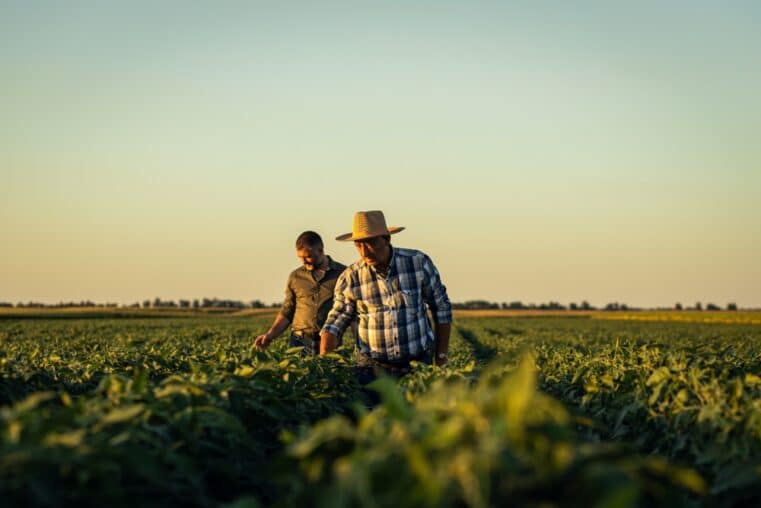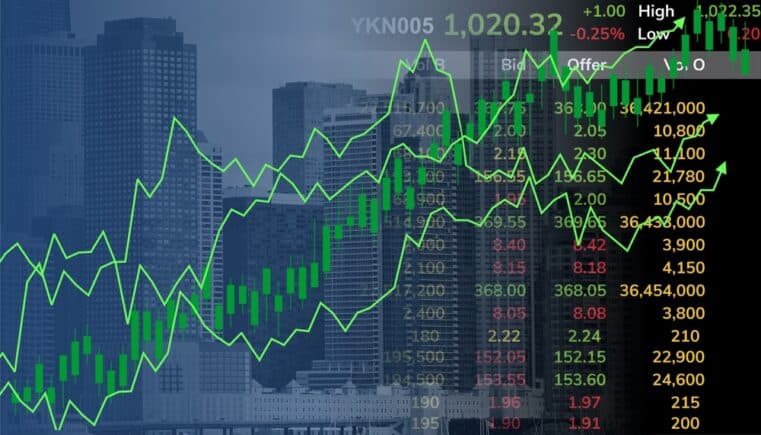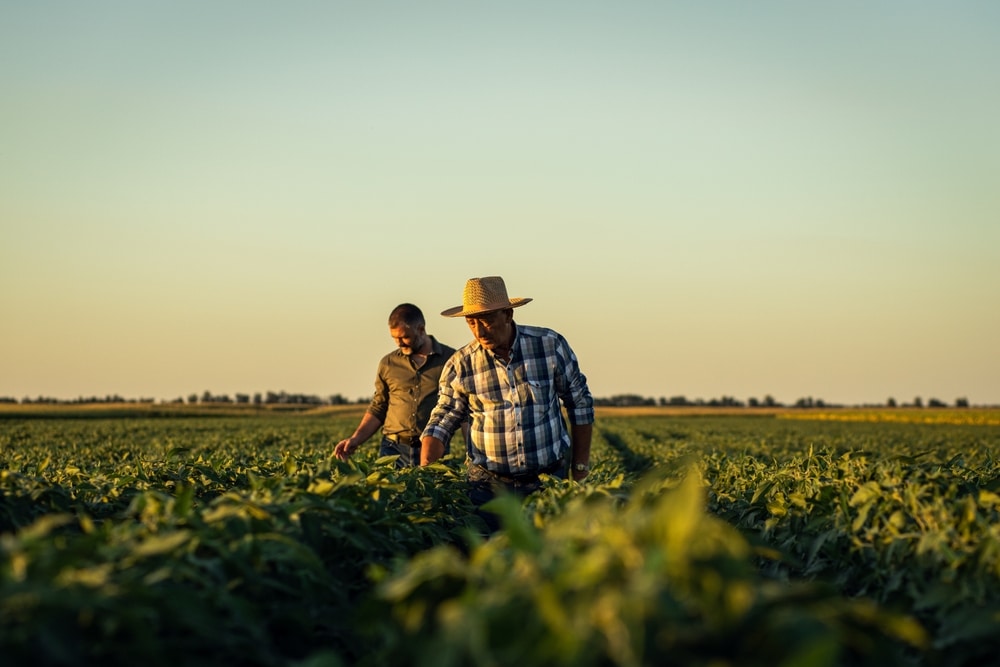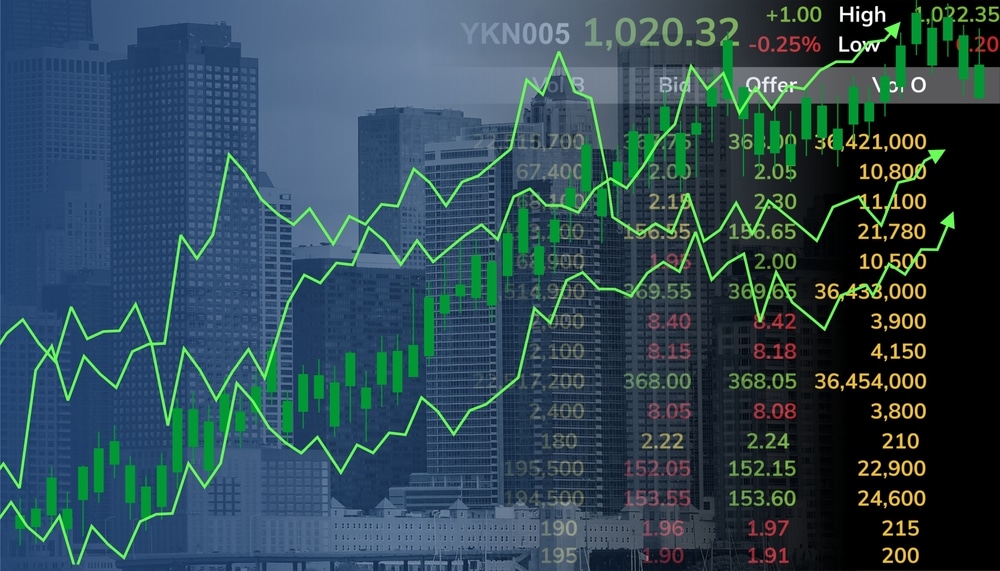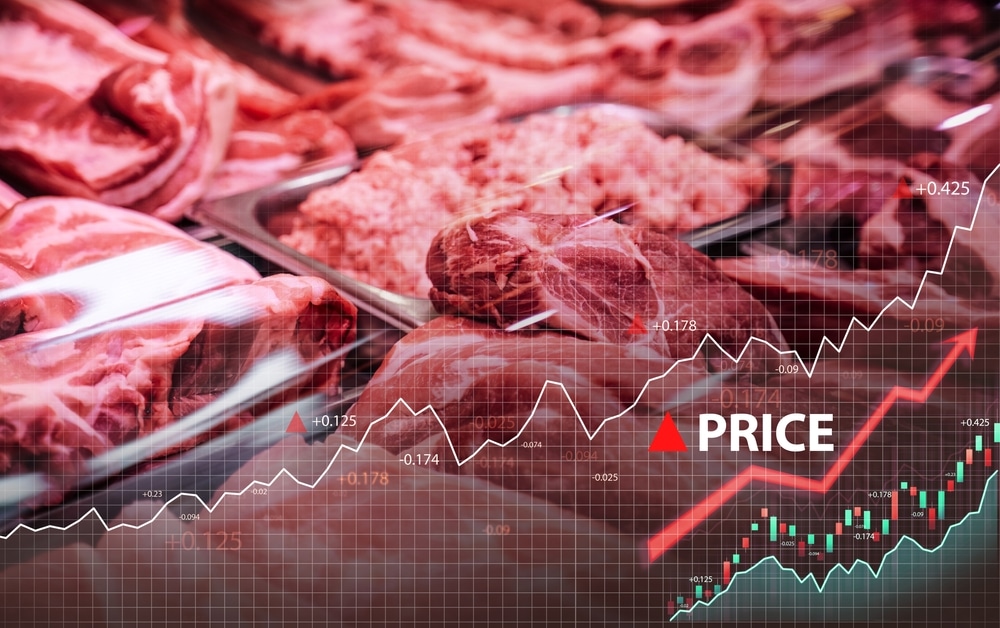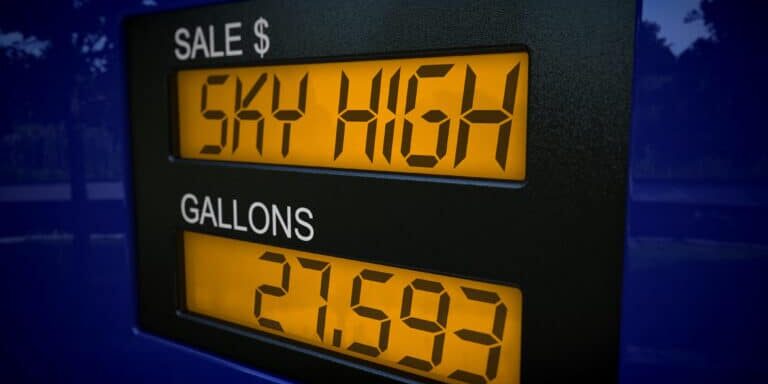
A Penny Saved? White House Celebrates Minuscule Drop in Gas Prices Amid Independence Day Inflation Woes
The White House boasted a one-cent decrease in the nation's year-over-year gas prices on Thursday, the "lowest holiday price" since the previous Fourth of July.
"'July 4th gas prices expected to hit lowest level in 3 years,'" White House spokesperson Andrew Bates said in a post on X.
The projection comes from a GasBuddy estimate this week which claimed the $3.49 average cost for gas this Independence Day represents over a $1.30 decline compared to 2022.
"For those hitting the road to celebrate Independence Day, gas prices have seen modest recent fluctuations, but most states are seeing prices near or even well below where they were a year ago," Patrick De Haan, head of petroleum analysis at GasBuddy, said in a news release. "While the first half of the summer has been relatively smooth sailing, the road ahead may be bumpy. Activity in the tropics has increased, and projections remain for a very busy hurricane season. Even after the holiday fireworks are over, we’ll be watching for any potential fireworks at the pump that could be brought on by hurricanes disrupting refineries."
GasBuddy's projection comes just a few weeks after the American Farm Bureau (AFB) said a 10-person Independence Day cookout price would average $71.22 this year, up 5% compared to last year and almost 30% higher than five years ago.
"Higher prices at the grocery store reflect a number of challenges facing America’s families. Lower availability of some cookout staples and inflation are hitting people in their wallets," AFB chief economist Roger Cryan said. "Farmers are also feeling the effects of high prices. They’re price takers, not price makers. Their share of the retail food dollar is just 15%, but they still pay elevated fuel, fertilizer and other supply prices."





